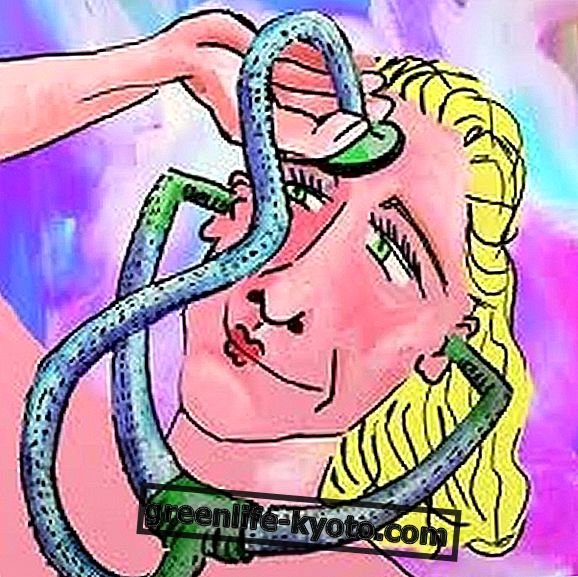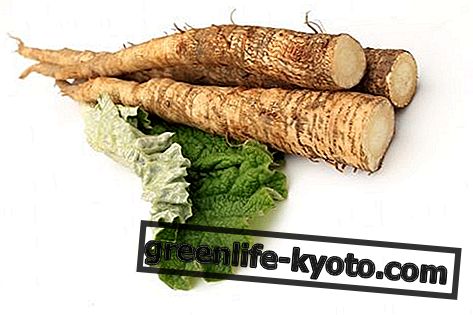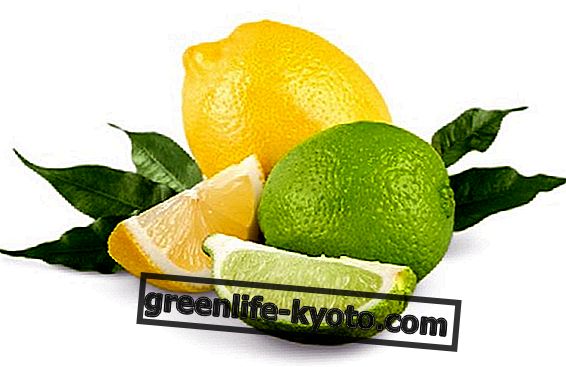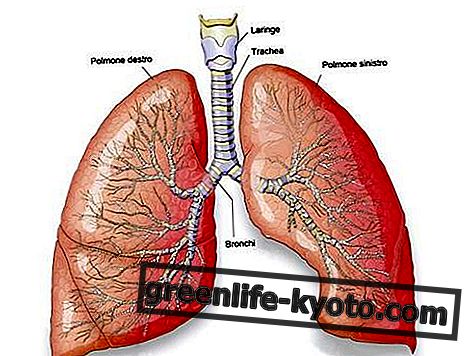
Jasmine is a climbing shrub with evergreen leaves and very fragrant white flowers.
Known since ancient times for its ornamental beauty, it was cultivated to embellish the houses of the rich gentlemen but it was also used for its beneficial properties.
Jasmine is scientifically referred to as Jasminum and belongs to the Oleaceae family such as olive and ash. Its origin is in the Eastern lands between China and northern India.
Imported then around the year 1500 also in Europe where it found an environment suitable for its development in milder climates.
Its very fragrant star-shaped white flowers begin to bloom in spring and continue for a long period until late summer, thus having an enviable flowering.
The jasmine flowers are the part of the plant that is used for medicinal purposes as well as in the kitchen and in cosmetics.
Sedative and other properties of jasmine
In the herbalist field , jasmine is known for its sedative power, able to calm states of anxiety and agitation. It also helps against stress and promotes sleep.
Its other properties are related to relieve cough and problems arising from seasonal diseases such as colds and flu. Thanks to his analgesic abilities, he is able to calm the cough and calm the spasms of the respiratory tract.
Moreover, this antispasmodic property helps in cases of problems during the menstrual cycle .
Jasmine acts during the premenstrual syndrome to attenuate the eventual headache, tension, nervousness and bad mood and also alleviates the pains of the belly area that derive from the real menstrual cycle. A true ally for women.
Jasmine infusion: a true relaxation
Jasmine can be used to prepare an infusion with its flowers and 5 grams of flowers are required for 250 ml of water.
This herbal tea has mainly a sedative and calming effect and will be able to ward off any headaches, migraines or coughing respiratory problems.
It will also act on the blood circulation facilitating it and regulating blood pressure. All this will still bring a sedative and rebalancing effect to both the body and the mood.
The jasmine infusion was once prepared in the East together with the tea leaves to enhance the antioxidant effects by counteracting free radicals and obtaining an excellent anti-aging result.
Jasmine oil: sedative and relaxing
Another natural jasmine-based remedy is obtained by placing fresh flowers in a vase for a month and covered with olive oils for at least twice their volume.
This jasmine oil once filtered will be useful for countless body treatments giving calm and relaxation to the whole body. Jasmine oil rubbed on painful areas of the body helps especially if the form of inflammation has resulted from a nervous cause.
In aromatherapy the use of jasmine essential oil is known for its anxiolytic, analgesic and sedative properties of the nervous system. Excellent therefore in case of anxiety and mild depressive states as well as to quell nervous tension, ward off any headaches and as a promoter of sleep.
Jasmine essential oil can be added in a dose of 8 drops in a tub of warm water for bathing. The essence of jasmine helps both in contact with the body and spread in the air to rebalance the mood to counteract anxiety and fight depression.
Any state of apathy, agitation, nervousness with jasmine oil can get away quickly . The aerial diffusion of the essence of jasmine is therefore able to calm and calm the states of anxiety and nervousness allowing to find a new centering and balance for the person.
It is possible to use the essence through a diffuser or by putting a couple of drops on a handkerchief to smell regularly during the day.
Obviously body treatments like massages always with jasmine oil are also indicated as sedatives, sedatives and relaxants.
Jasmine body treatments
Jasmine has been used since ancient times for cosmetics and is therefore an excellent ingredient for creams and beauty products.
In addition , jasmine is also used topically to help heal wounds and to soothe excoriations or skin problems.
In fact, jasmine also has antibacterial and fungicidal properties that help keep the skin and the body protected from external attacks.
Furthermore, its analgesic and sedative properties allow it to perceive less pain, becoming an excellent remedy even for children as it manages to calm the body and the mind in case of illness.













